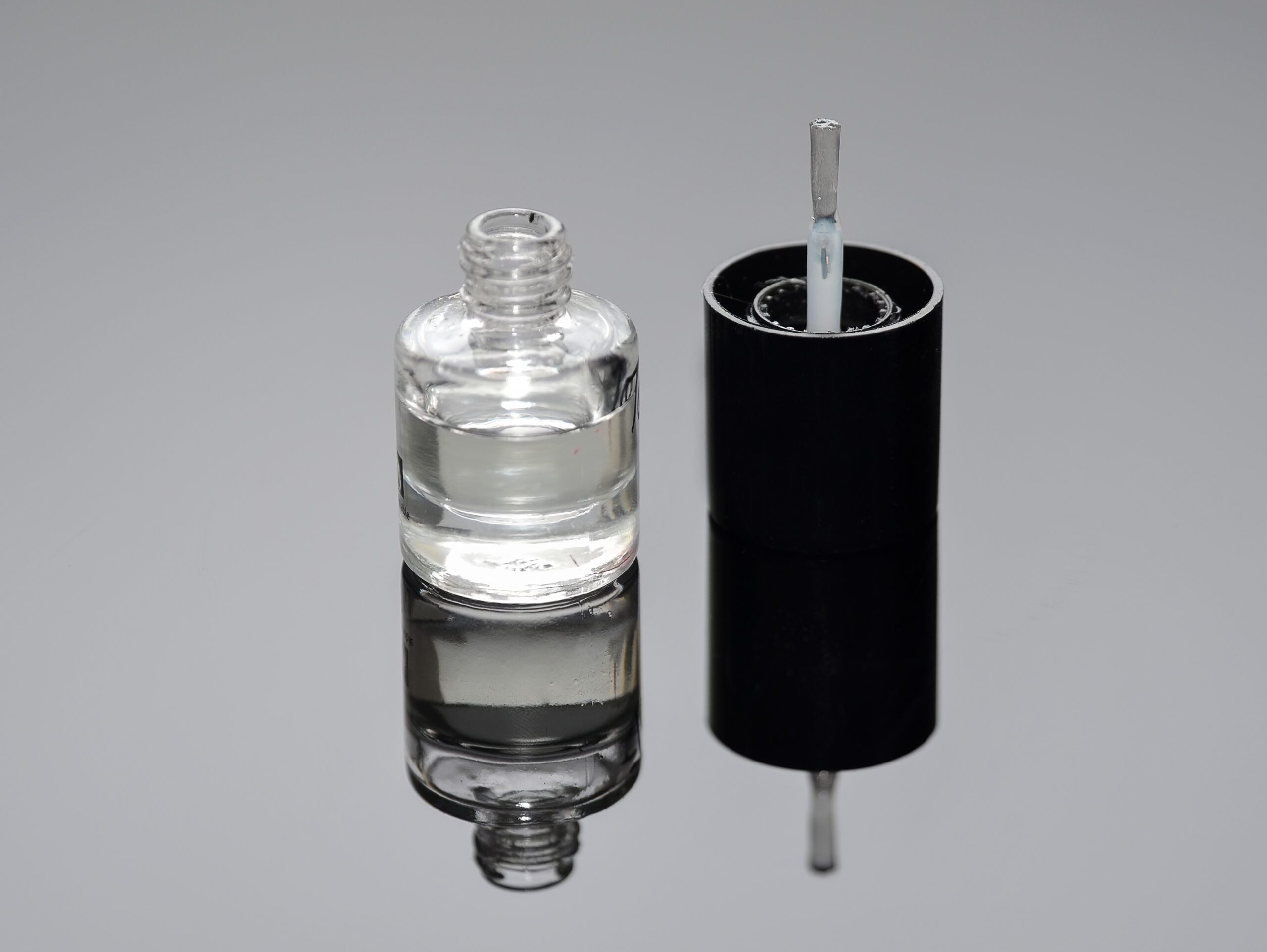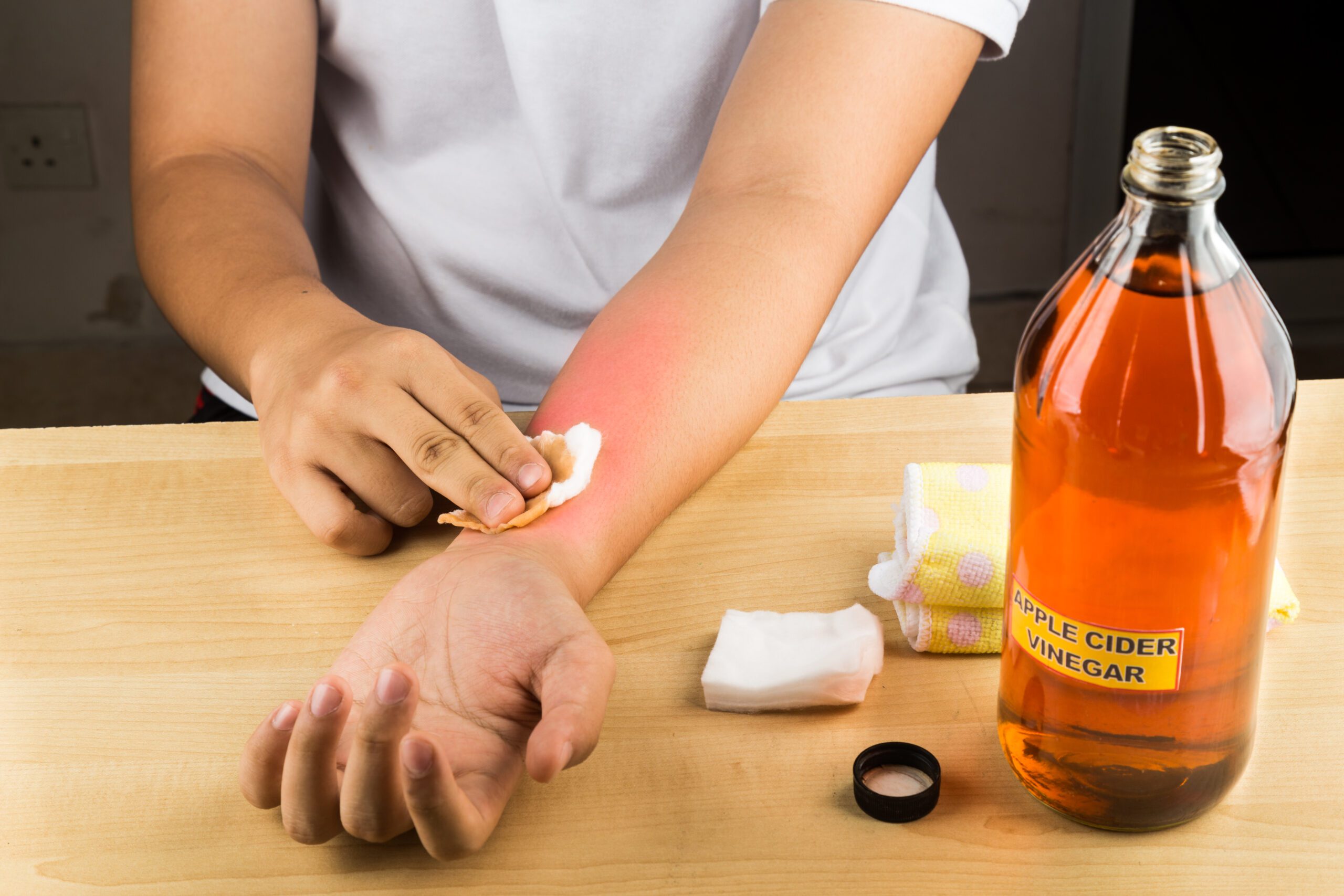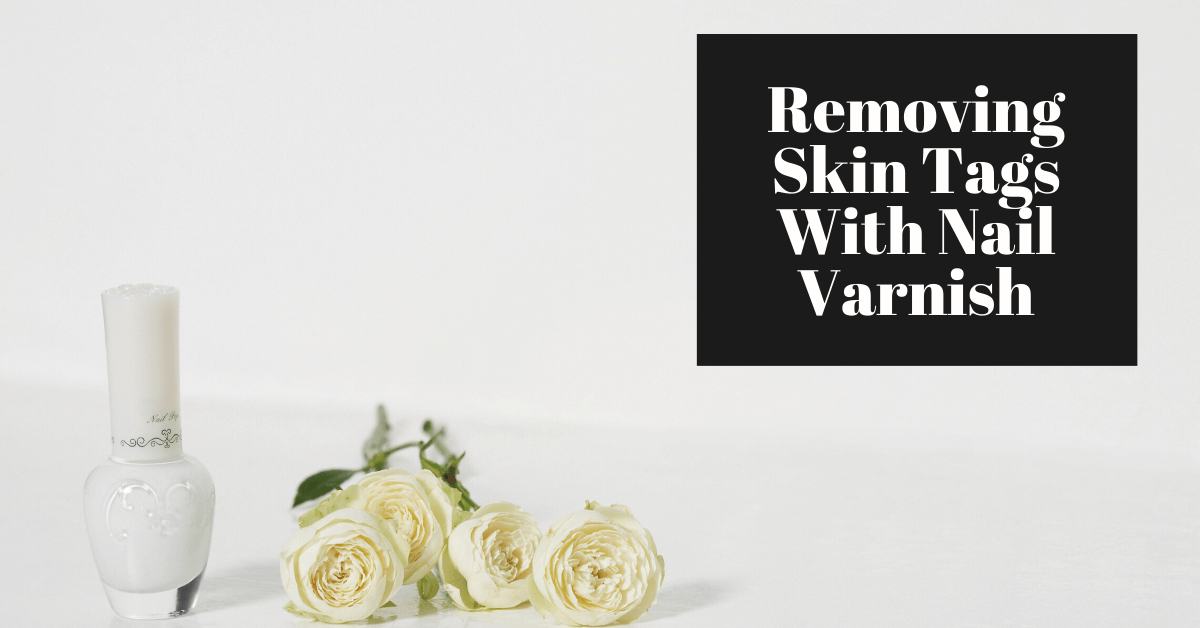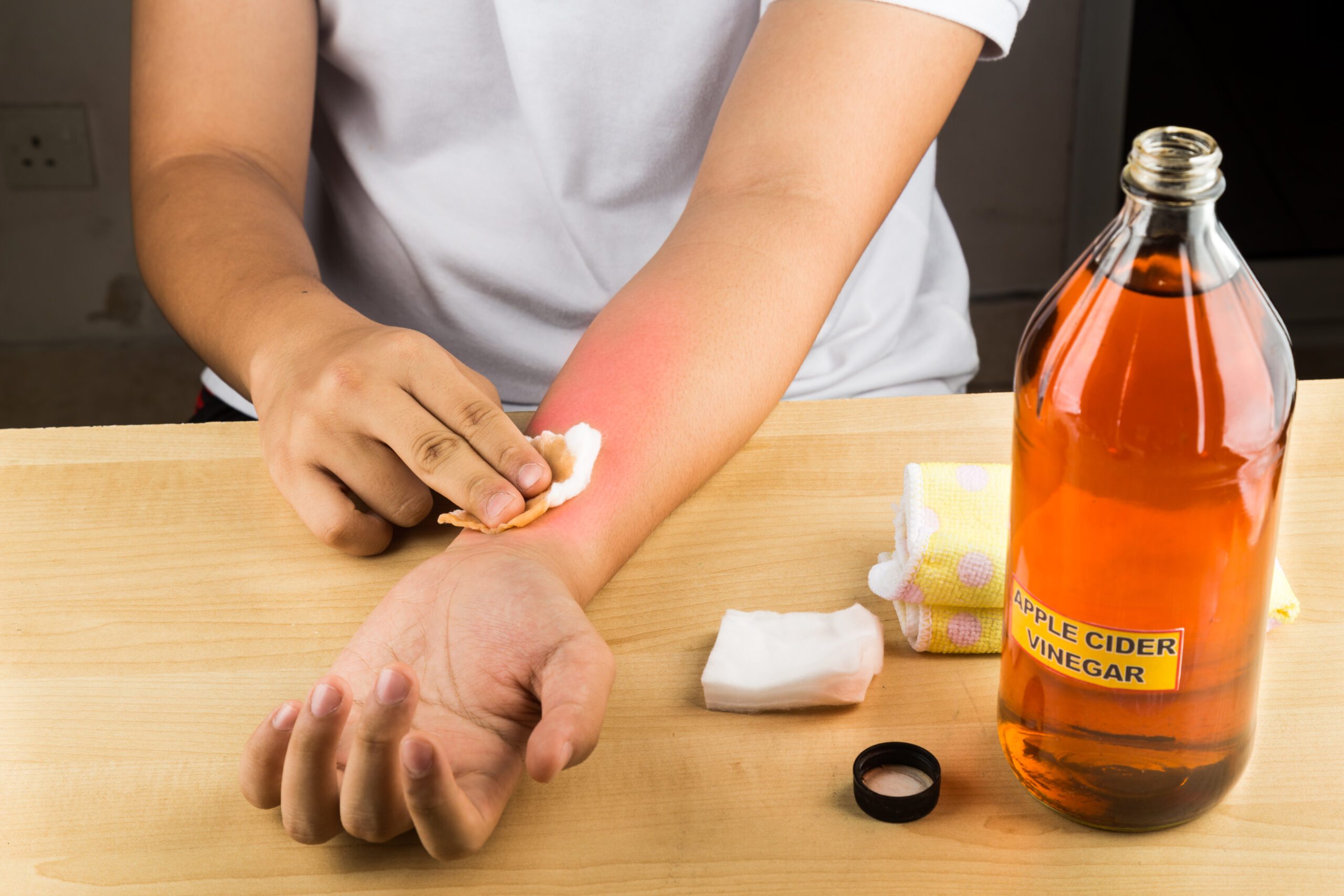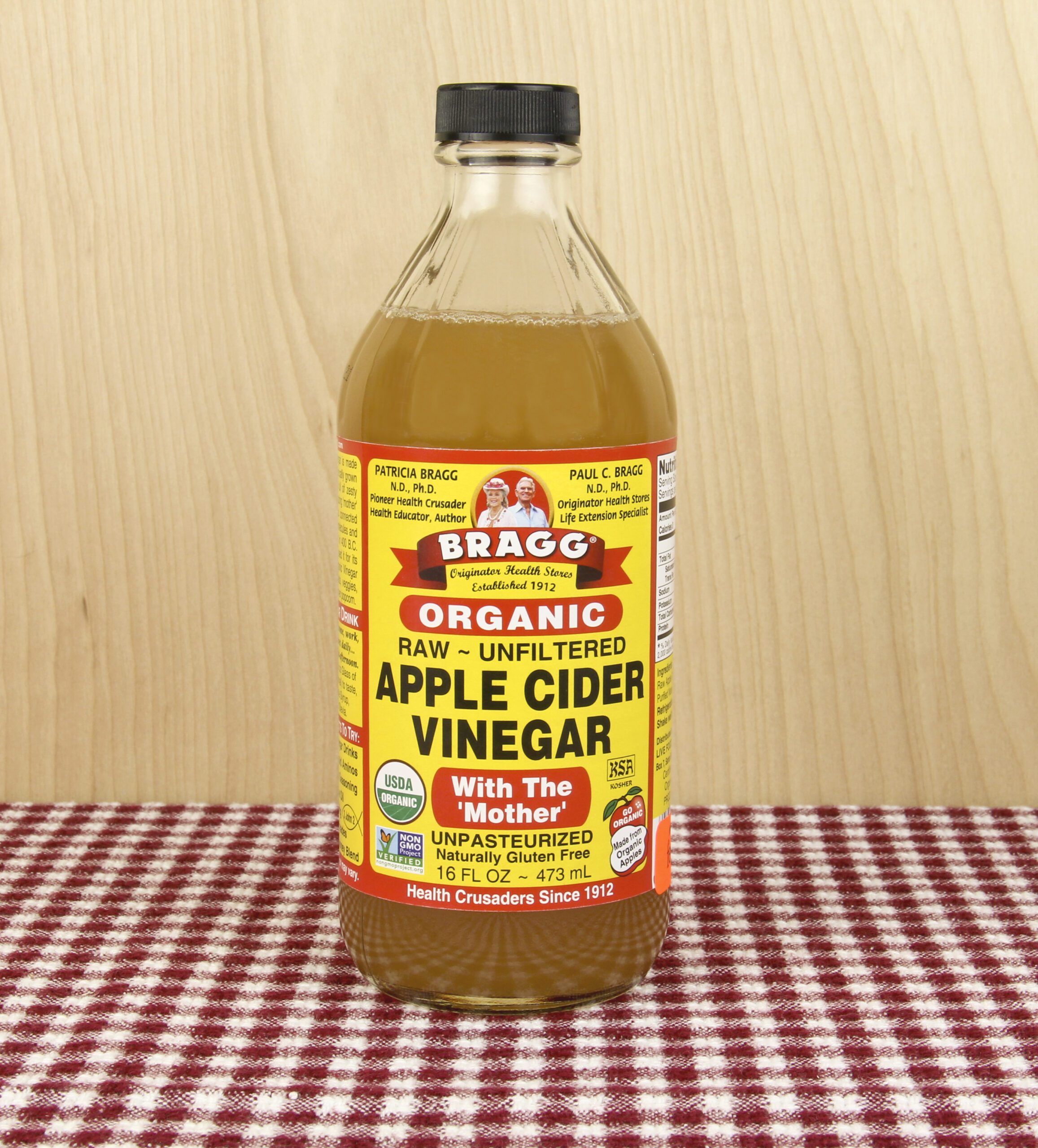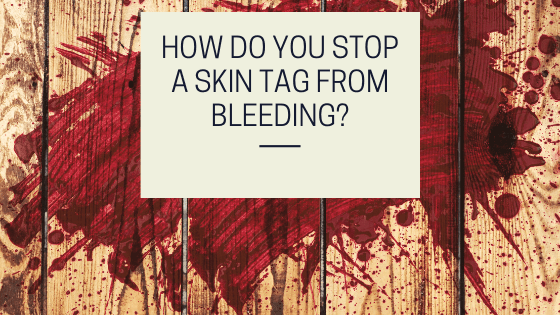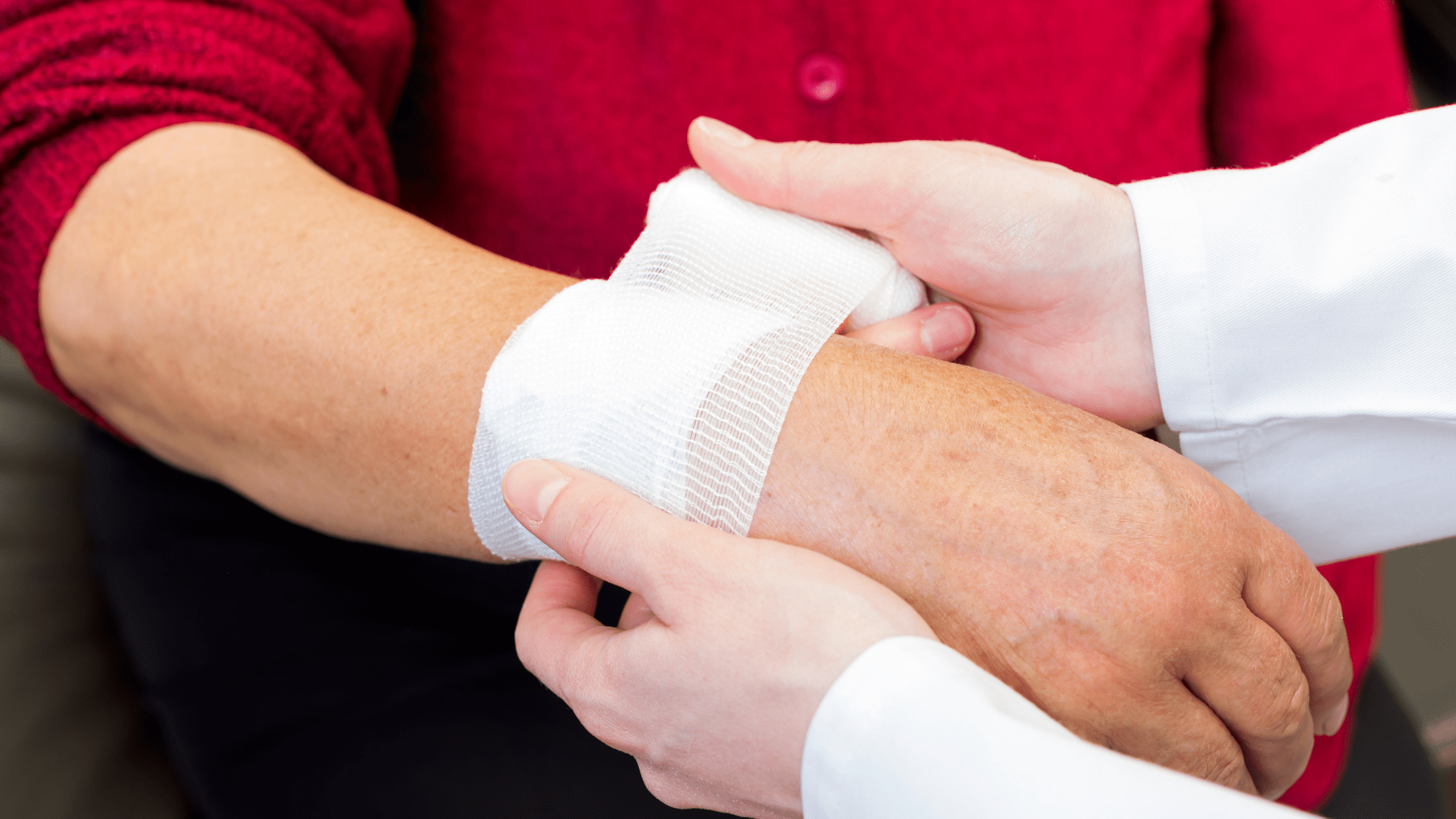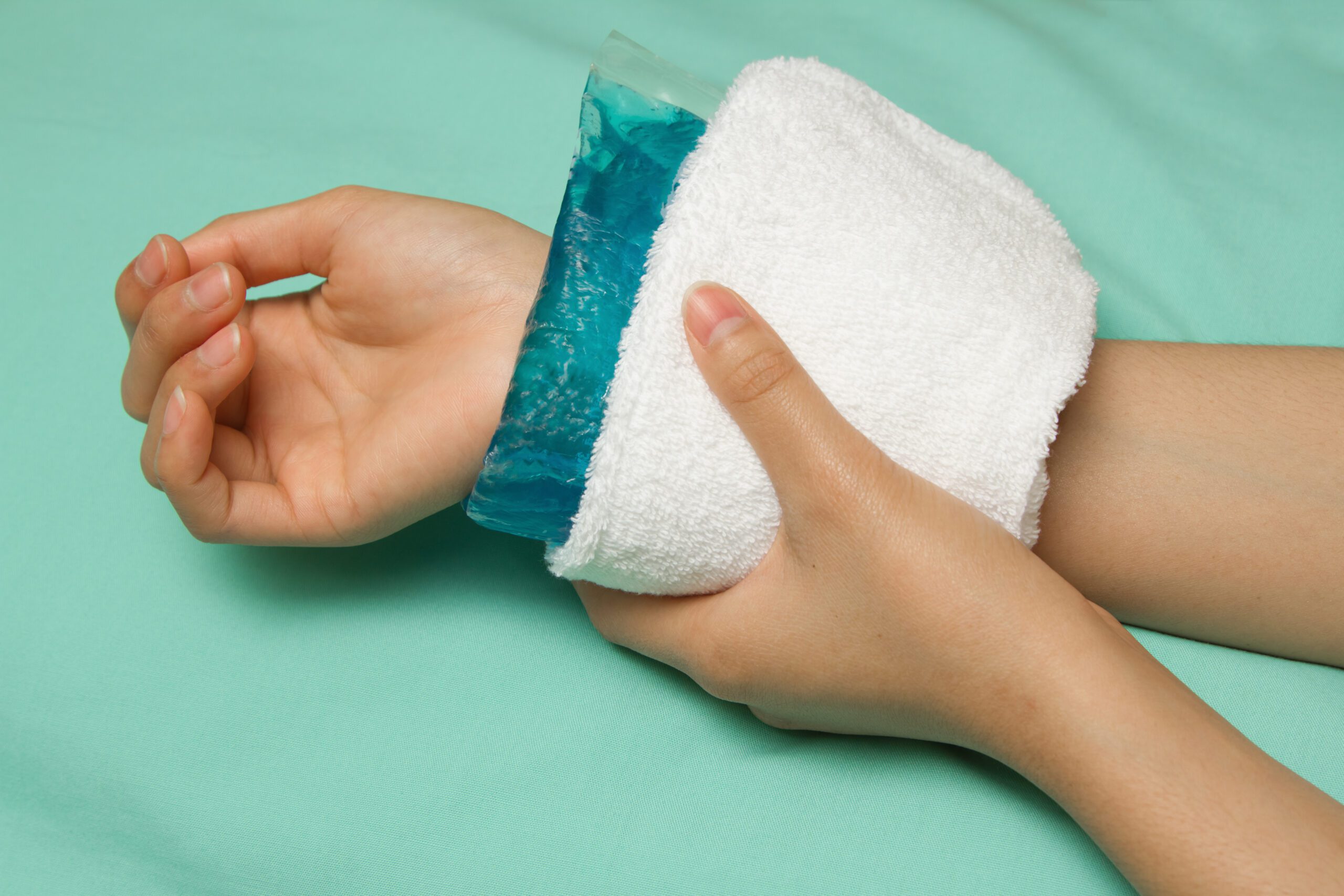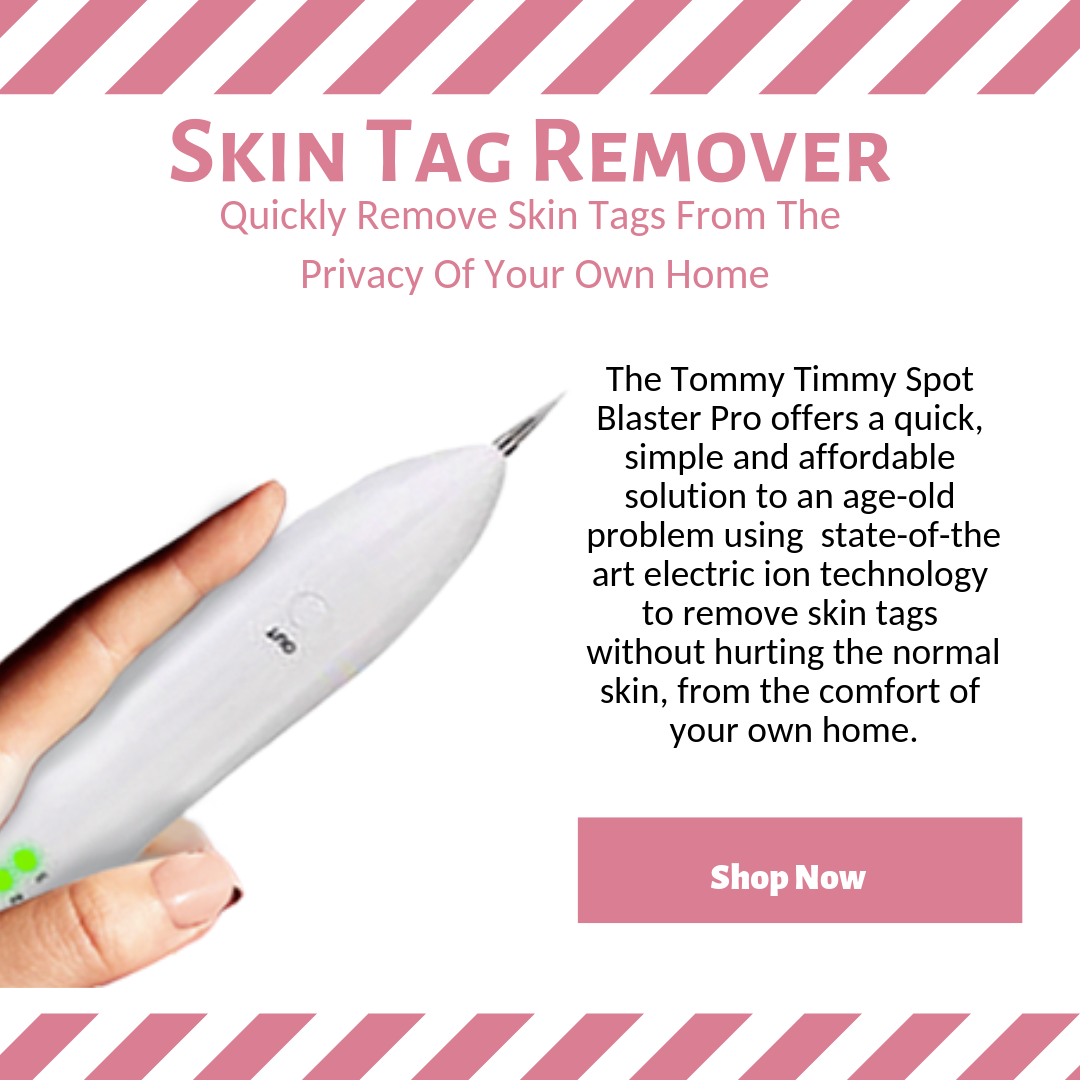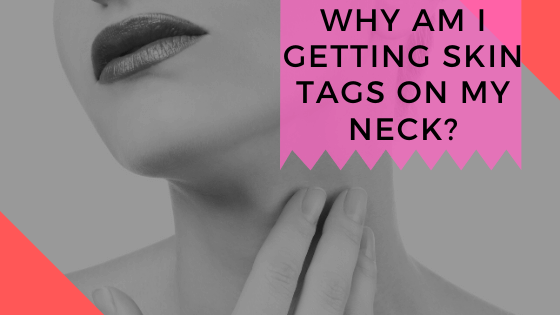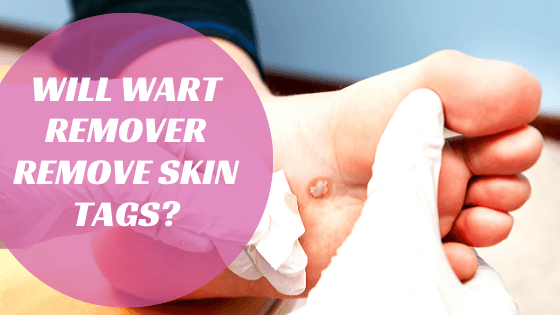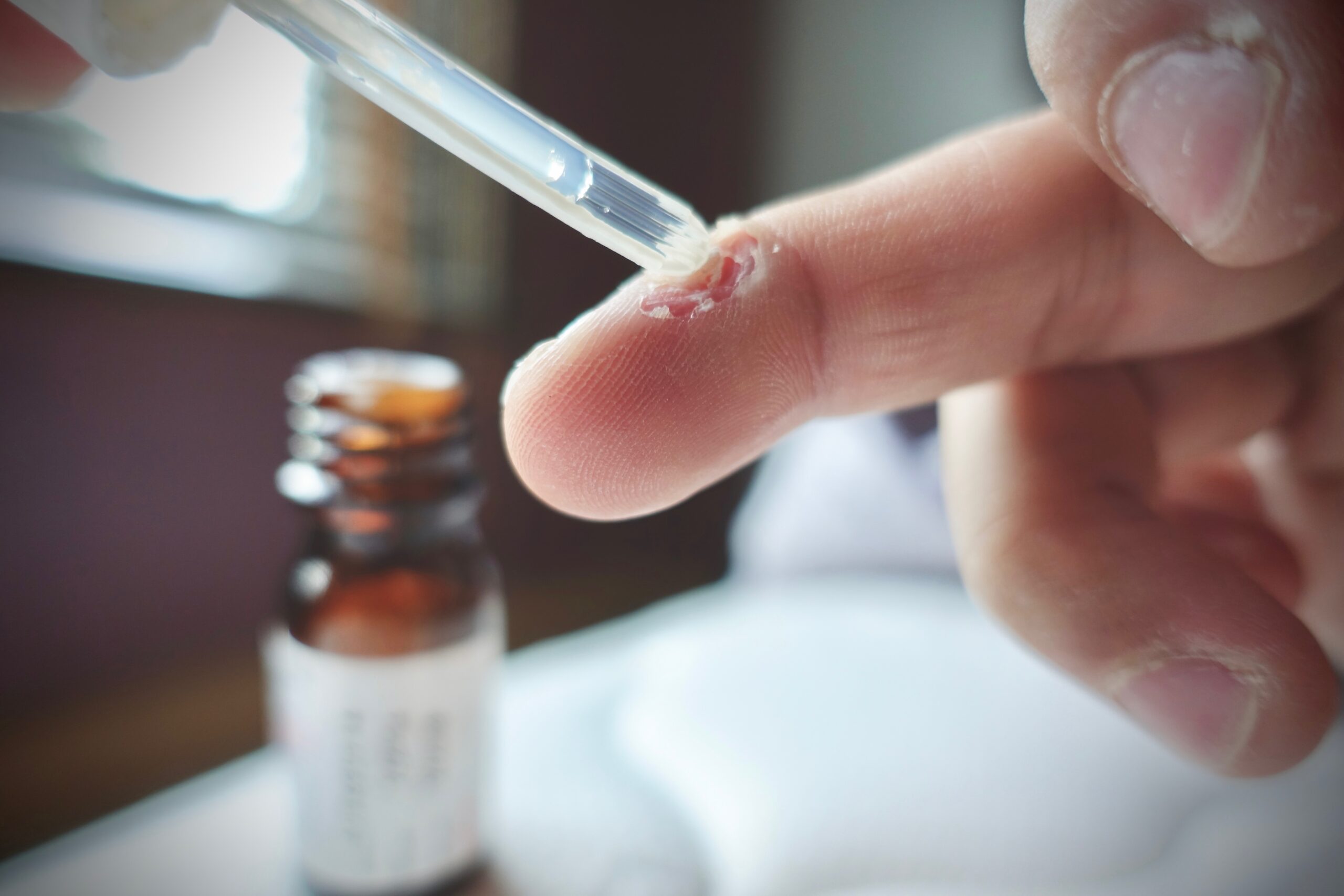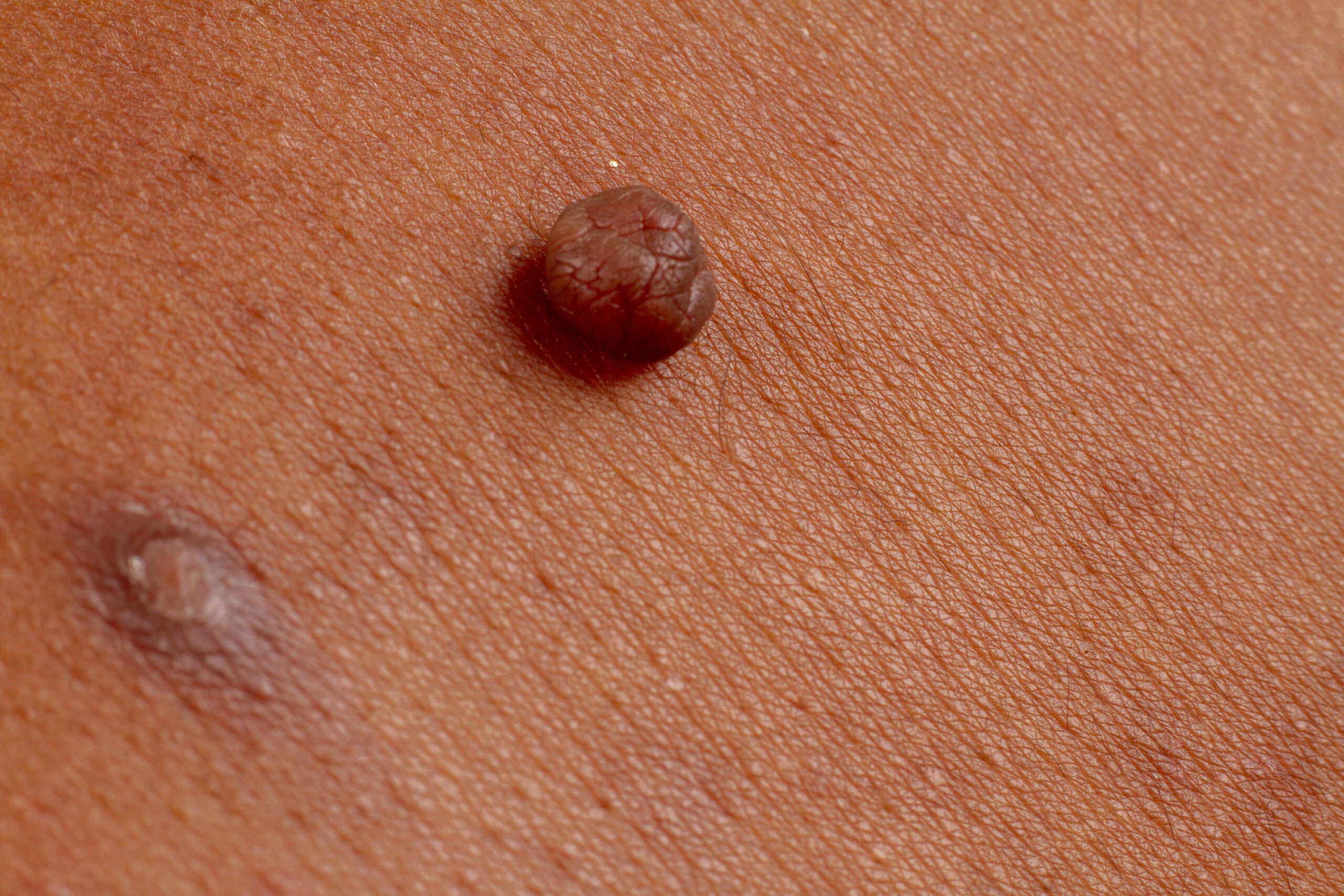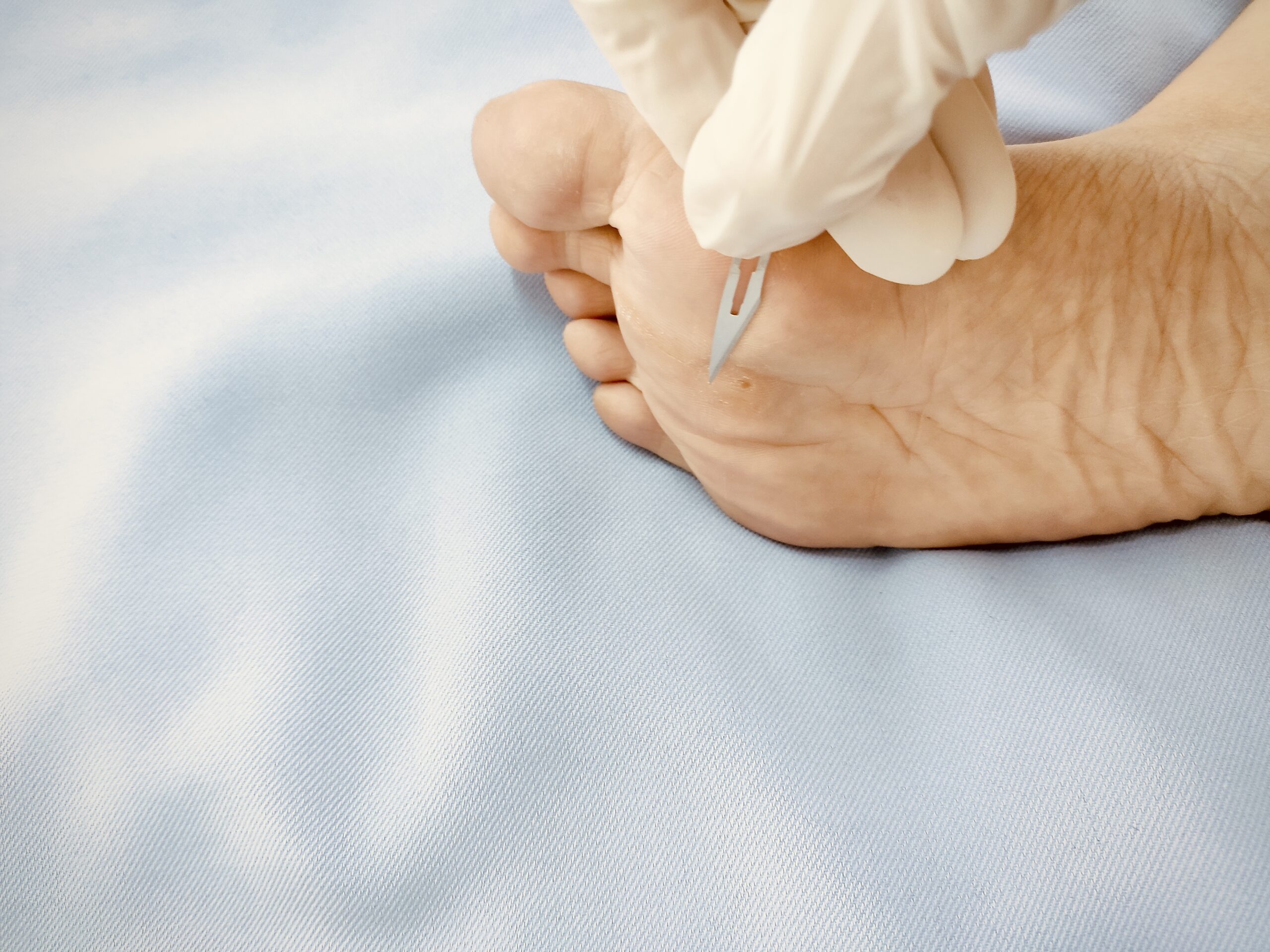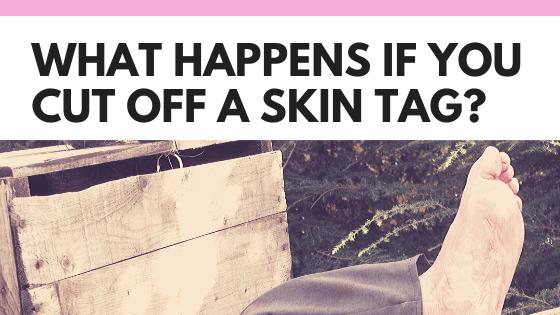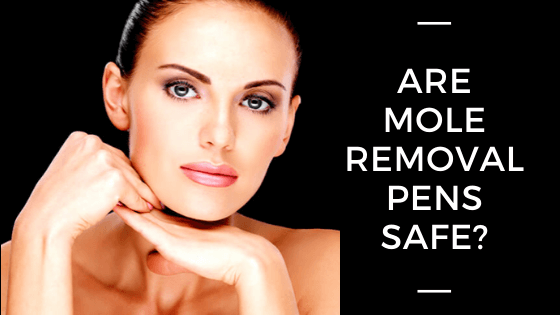As the number of people having tattoos increases, the number of people having tattoo regrets also does. People with tattoo regrets are beginning to look for ways of how to remove their tattoo.
Tattoo Regret
There are times when we like something so much at some point, that we etch it on our skin forever. The keepsake may be a great love, a symbol that identifies us, words, phrases, characters – anything goes. However, although we do it because we want to express ourselves, many have tattoos solely for aesthetic or fashion purposes.
It Is Hard To Remove Tattoos
Before getting a tattoo, consider it carefully because, among its many characteristics, it is one of irreversibility. To remove a tattoo, you will have to invest in treatments; most of them surgical, which are expensive and usually very unpleasant and aggressive against the skin.
However, in recent years, new effective natural cosmetic treatments have appeared which eliminate or reduce the visibility of the tattoos. To help you decide a suitable treatment, we will discuss the best Ways To Remove A Tattoo.
8 ways to remove a tattoo.
1. Tattoo removal cream.
With the recent advances in cosmetics, there are a variety of creams explicitly created for tattoo removal. This method is excellent if you have a low tolerance to pain, since it does not hurt or leave scars. If you’re looking for an option that allows your skin to look good aesthetically and is also affordable, this may be the best technique.
A disadvantage of using this method is the amount of time it takes to work and to see results. The can take many months or even a year, and even then, there is no guarantee the tattoo will be completely removed.
You should apply the tattoo removal cream by massaging the tattooed skin in a circular motion. You can choose from a variety of different products. Still, you should select a product which contains trichloroacetic acid. This is very beneficial for removing tattoos and other types of skin imperfections.
Often, you will need to use a variety of tattoo removal creams. These creams are interspersed over time, depending on the stage you are at with the tattoo removal. Using multiple tattoo removal creams is more expensive.
When using tattoo creams, you should follow the manufacturer’s guidelines. If you don’t, you risk suffering from severe burns, blisters, or even large scars.
See our article on tattoo removal cream
2. Salabrasion.
This technique consists of rubbing salt with water on the skin to heat it and remove the upper layers of the skin. These layers are the ones that contain the ink of the tattoo.
The process must always be performed by a professional since if you do it yourself, you run the risk of suffering burns and irreversible scars and skin damage.
This technique can cause pain or stinging since the professional will have to massage the tattoo area little by little. However, this is a very effective technique, since the salt penetrates the layers where the ink is found and makes it disappear. However, if your skin is very sensitive or the tattoo is very large, this option may not be the best for you.
3. Dermabrasion
In this method, a qualified professional will spray a numbing solution on your skin and then sand it down to reveal the blotchy layers of skin underneath the tattoo, which will also cause the tattoo ink to release from the skin slowly.
A local anesthetic will be applied to avoid pain, but it is still normal for the area to bleed a little and feel painful, even with the anesthetic.
As an advantage, the cost is lower than other highly sought after professional treatments, such as the laser option.
After the treatment, for ten days, you will not be able to expose the treated skin to sunlight, and you will have to apply a specific gel on the affected area to calm the pain. Keep in mind that if you are prone to scarring or hypopigmentation, this technique is not for you.
4. Aloe vera.
This plant seems to be the skin friend par excellence. It can heal burns in a matter of days, reduce scars, and moisturize the skin. And yes, it’s also an ideal method of removing your tattoos.
You should remove the skin from the plant and spread the gel inside on the surface of your tattoo. You have to do this three times a day until it disappears.
Aloe vera is the only natural and homemade method that can work to remove a tattoo, but as with creams, the process is usually slow. If the tattoo is very large, it may be even harder to remove. Another disadvantage of this method is the uncertainty of time since it can take from one month to more than a year to work.
This is one of the homemade tattoo removal methods.
5. Surgery.
This method, as well as most of the ones mentioned above, must be performed by qualified professionals. In this case, a tattooist is not enough. The person who performs the surgery must have valid medical training, since this is one of the riskiest methods, not only for your skin but also for your health.
The surgery process is quite simple. Under local anesthesia, the qualified professional will remove the skin containing the tattoo. The surgeon will then stretch the ends, to form new skin. This method is not the best, and sometimes not recommended for larger tattoos. In many cases, small areas of the tattooed skin are removed over many sessions. This avoids problems of infections, but will result in many small scars. Aesthetically, it may not be as nice.
It is important to emphasize that this method may result in wounds that do not close and scars. Even with minor scars, The skin will be very sensitive and must not be exposed to sunlight either.
6. Tattoo Removal With Laser Technology
This method is one of the most effective. However, it is an expensive process that requires several sessions and must be carried out by a professional.
The laser treatment uses light pulses on the skin at a very high, concentrated temperature to break down the pigments under the skin. The tattoo becomes less visible, and the ink under the skin is broken down and expelled by the body, thanks to blood circulation.
The ink pigments absorb different wavelengths of light. Thus, for the laser to break down the ink, it must be set to the correct wavelength. Tattoos with different pigments will need to use more than one wavelength to break down each type of ink particle.
One of the main advantages of this method is that, although it is painful, it does not hurt as much as other more invasive methods that scrape the skin directly. On the other hand, if you decide to remove your tattoos with this method, you will avoid possible scars, bleeding, and infections.
7. Intense Pulsed Light Treatment.
Finally, Intense Pulsed Light (IPL) helps to stimulate collagen production, providing a significant improvement in our skin. It is a treatment that is used on the upper layers of the skin to burn the tattoo.
In general, it is a less painful technique than the laser one, and it is a more economical process since it requires fewer sessions to work. The skin will need several months to heal completely; generally, you will have to wait twelve months to see the final results.
As with the laser, this technique does not usually leave visible scars.
8. Cover up.
This technique consists, as its name indicates, in covering your previous tattoo with a new one. This method works great when the tattoo you want to cover is small or without intense or unusual colors.
Tattoo cover-ups can be done in two ways, using the elements of the tattoo already on the skin as a base for the new design or covering it completely. If you cover the tattoo using the first method, the design will be partially determined by the old tattoo. It will be the base from which the tattooist starts by taking advantage of the old lines without totally covering it.
Conclusion
There are many methods you can use to remove a tattoo which you no longer want on your skin. It is advisable to research which method may be most appropriate for you.
To do this, take into account your skin type. If you have any disease that may prevent you from using any specific method, this is also important. Your tolerance to pain is (since each way of removing tattoos generates a different pain) an issue. The other things that matter are the size of your tattoo, as well as the inks used for it. Its colors can profoundly affect the result you get if you try to remove it. Tattoos done by non-professional tattooists with inferior quality inks or dubious precedence will be more complex to remove than those done with all the regulations in place.
We hope we have helped you make the best decision.
